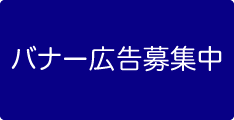カキにおけるフォールアウト由来の137Csと天然由来の133Csの果実への移行の相違Differences in Fallout-Derived 137Cs and Naturally-Derived 133Cs Transfer to Fruit in Persimmon Tree
1 国立研究開発法人農業・食品産業技術総合研究機構果樹茶業研究部門Institute of Fruit Tree and Tea Science, NARO
2 福島県農林水産部Agriculture, Forestry and Fishery Department, Fukushima Prefecture
3 国立研究開発法人農業・食品産業技術総合研究機構食品研究部門Food Research Institute, NARO



